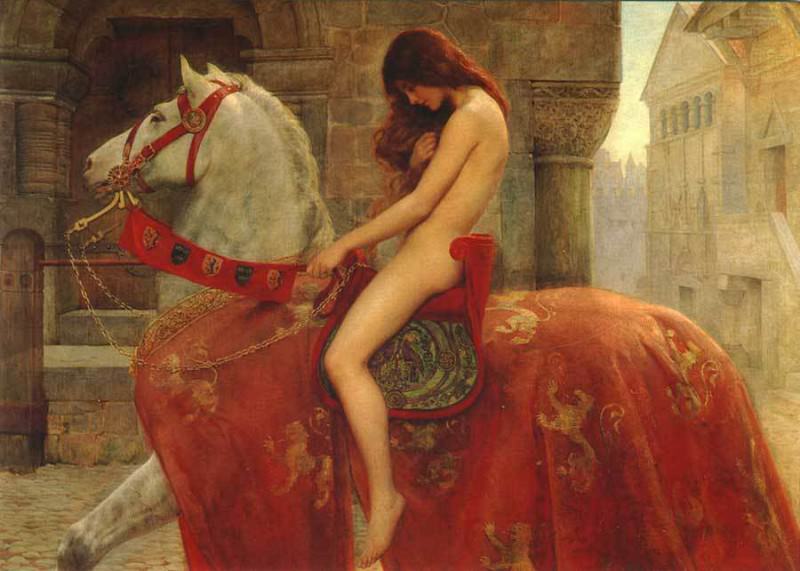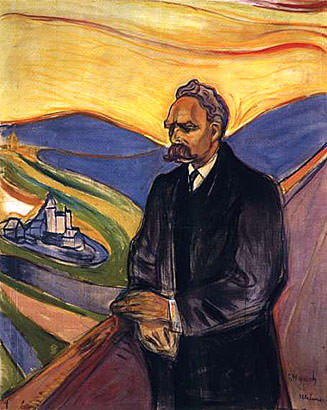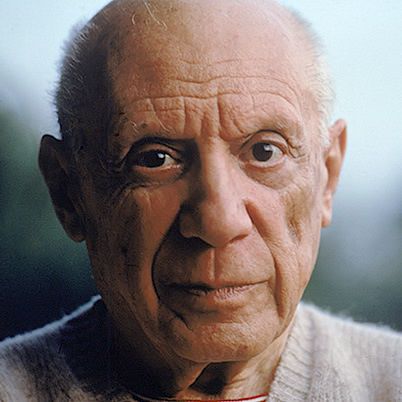Frank Stella: The Art of Innovation and Impact
Frank Stella, an influential figure in contemporary art, has left an indelible mark on the art world with his groundbreaking approach to painting and sculpture. His career, spanning over six decades, is a testament to his relentless pursuit of innovation and exploration. Known for his abstract and geometric works, Stella’s art challenges traditional boundaries and invites viewers to engage with art in novel and dynamic ways.
Early Life and Influences
Born on May 12, 1936, in Malden, Massachusetts, Frank Stella grew up in a milieu that fostered creativity and intellectual curiosity. His early exposure to art came through his family, particularly his father, who was a painter. Stella’s formative years were shaped by his education at Phillips Academy Andover and later at Princeton University, where he studied history and art. This academic background, coupled with his early exposure to the works of modern masters, profoundly influenced his artistic vision.
Stella’s initial works, created during the 1950s, were heavily influenced by the Abstract Expressionist movement, which was prominent in the New York art scene. Artists such as Jackson Pollock and Mark Rothko played a significant role in shaping Stella’s understanding of abstract art. However, Stella’s work soon evolved into a distinct style that diverged from the emotive and gestural approaches of his predecessors.
The Black Paintings: A Defining Moment
Frank Stella’s “Black Paintings” series, created between 1958 and 1960, marked a pivotal moment in his career. These works, characterized by their use of black enamel paint on raw canvas, represented a radical departure from traditional painting techniques. The series was notable for its emphasis on the flatness of the canvas and the use of geometric shapes and lines.
Stella’s approach to these paintings was influenced by his desire to eliminate the notion of depth and to focus on the surface quality of the canvas. This shift was a deliberate move away from the expressive, painterly qualities that had dominated abstract art. Instead, Stella sought to create works that were self-referential and focused solely on their own physical properties.
The “Black Paintings” series garnered significant attention and acclaim, establishing Stella as a leading figure in the Minimalist movement. His work resonated with the movement’s emphasis on simplicity and clarity, and it laid the groundwork for his subsequent explorations in abstract art.
The Protractor Series: Expanding Horizons
In the early 1960s, Stella embarked on a new series of works known as the “Protractor Series.” This body of work, which continued into the late 1960s, showcased a departure from the strict geometric forms of the “Black Paintings” and introduced more complex, curved shapes. The series was characterized by its use of a protractor as a tool for creating intricate patterns and forms on the canvas.
The “Protractor Series” was notable for its exploration of color and form, which contrasted with the monochromatic palette of the earlier works. Stella employed a range of vibrant colors and intricate designs, reflecting a more dynamic and expressive approach. The series demonstrated Stella’s ability to innovate within the constraints of geometric abstraction, and it solidified his reputation as a pioneering artist.
The Moby Dick Series: A Literary and Artistic Journey
In the late 1980s, Frank Stella embarked on a project that combined his passion for literature with his artistic vision: the “Moby Dick” series. Inspired by Herman Melville’s iconic novel, Stella created a series of prints and paintings that drew upon the themes and imagery of the novel.
The “Moby Dick” series is notable for its use of complex, layered compositions and rich colors. Stella’s interpretation of Melville’s work was deeply personal and reflected his engagement with the novel’s themes of isolation, obsession, and the sublime. The series demonstrated Stella’s ability to infuse his abstract language with narrative depth and conceptual richness.
Sculptural Ventures: Expanding the Artistic Vocabulary
In addition to his work in painting, Frank Stella has made significant contributions to the field of sculpture. His sculptural works, created from the 1970s onward, reflect his interest in three-dimensional forms and spatial relationships. Stella’s sculptures are characterized by their dynamic shapes, vibrant colors, and innovative use of materials.
One of the notable aspects of Stella’s sculptural work is his use of aluminum, which he began incorporating into his art in the 1970s. The material’s reflective qualities and structural potential allowed Stella to create works that engaged with light and space in new and exciting ways. His sculptures often blur the boundaries between painting and sculpture, creating a dialogue between two-dimensional and three-dimensional forms.
The Legacy of Frank Stella
Frank Stella’s impact on the art world extends beyond his individual works. His innovative approach to abstraction has influenced numerous artists and movements, and his contributions to the fields of painting and sculpture have been widely recognized and celebrated. Stella’s ability to push the boundaries of artistic conventions and to explore new forms and techniques has cemented his place as a central figure in contemporary art.
In addition to his artistic achievements, Stella’s work has been the subject of extensive scholarly research and critical analysis. His influence can be seen in various aspects of contemporary art, from the development of new artistic practices to the evolution of art theory. Stella’s commitment to innovation and experimentation continues to inspire artists and audiences alike.
Conclusion
Frank Stella’s art represents a continuous quest for innovation and a refusal to adhere to conventional norms. From his early “Black Paintings” to his later explorations in sculpture, Stella’s work is characterized by its boldness, complexity, and conceptual depth. His contributions to the art world have not only shaped the trajectory of modern abstraction but have also redefined the possibilities of artistic expression.
As an artist who has consistently pushed the boundaries of abstraction and challenged traditional notions of art, Frank Stella’s legacy is one of profound impact and enduring relevance. His work continues to captivate and inspire, reflecting a vision that is as dynamic and transformative as the art he creates.















